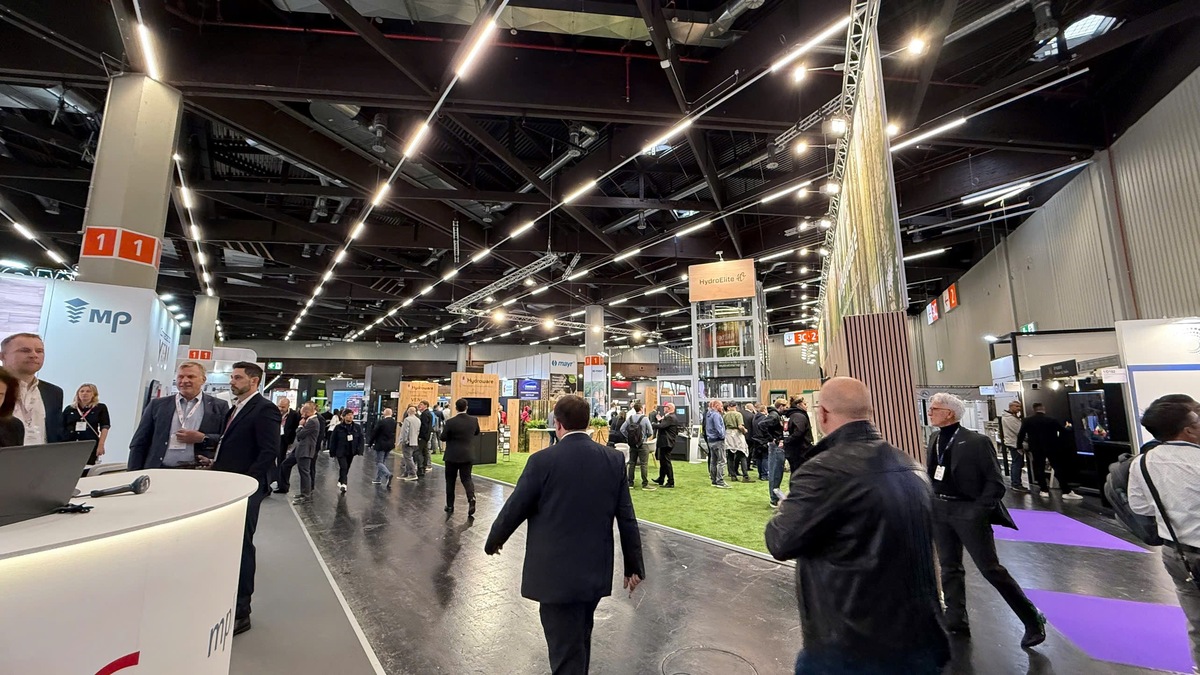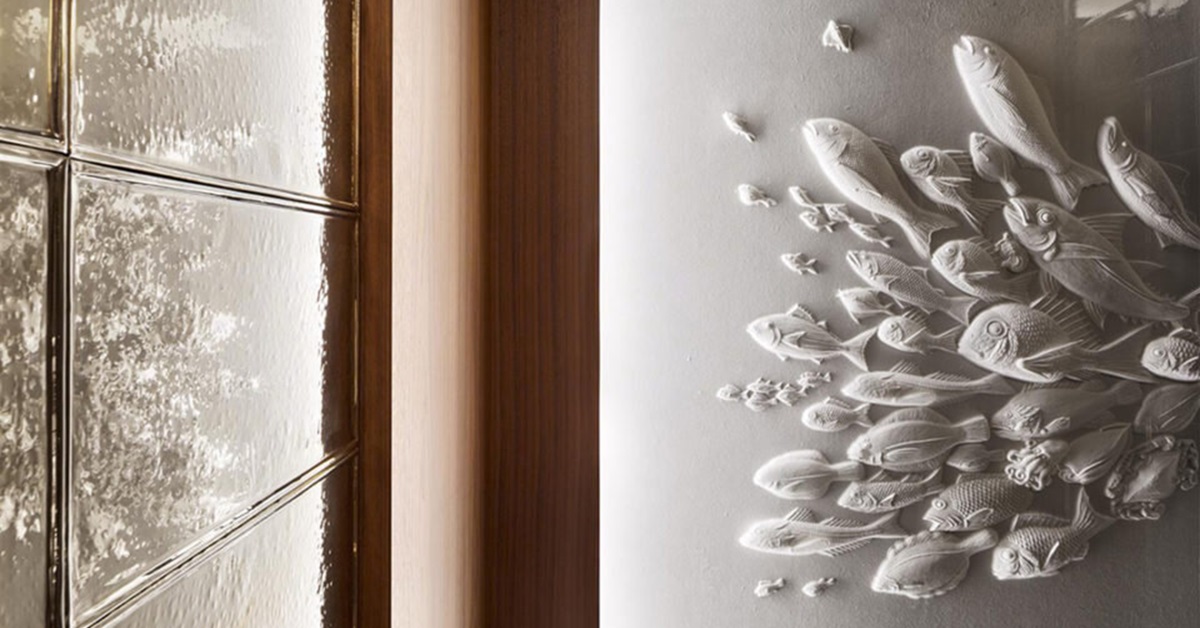EM – With the characteristics of hospital buildings along with different function requirements for different types of elevator, each hospital elevator require a different approach in size and capacity, instead of a one size fit all solution for the entire building.
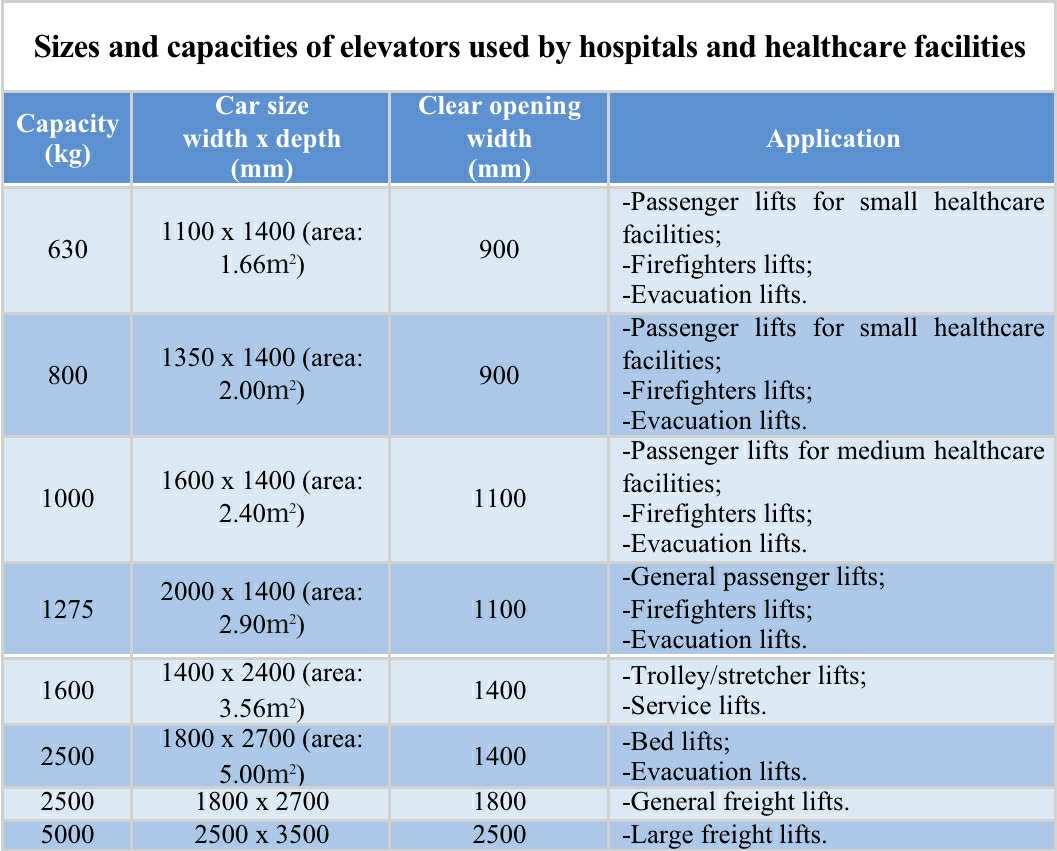
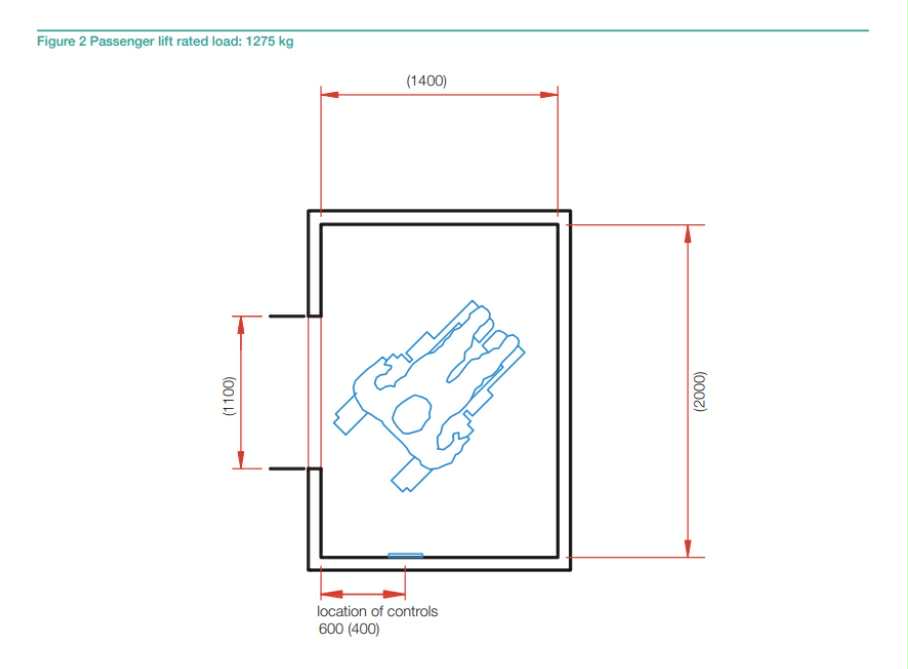
Figure 1: Passenger lift with 1275kg capacity
For medical facilities with lower traffic (such as clinics, healthcare centers…), considerations can be made to reduce a passenger lift’s normal capacity to 1000kg (maximum 13 people), car size to 1600mm wide x 1400mm deep and clear opening width to 1100mm. This elevator can accommodate a manual wheelchair and one accompanying person (Figure 2).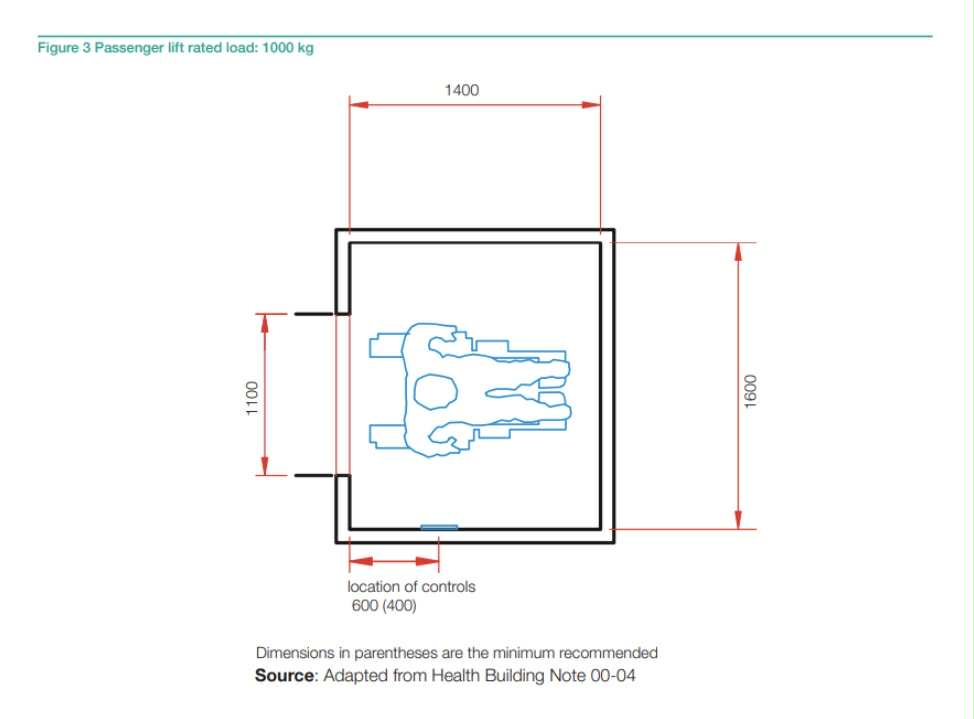
Figure 2: Passenger lift with 1000kg capacity
For medical facilities with especially small capacity, an elevator with 630kg or 800kg capacity can be installed, provided that a clear opening width of 900mm is maintained. 630kg elevators have a car size of 1100mm wide x 1400mm deep. 800kg elevators have a car size of 1350mm wide x 1400mm deep. However, these sizes are not recommended to ensure a wheelchair user can comfortably travel with another person.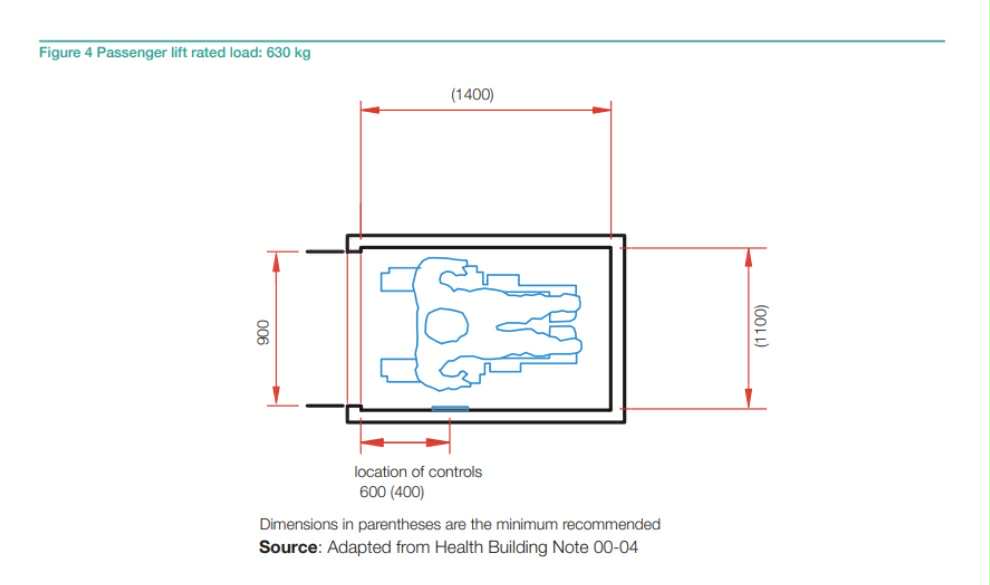
Figure 3: Passenger lift with 630kg capacity
Notes: a) All passenger lifts intended for general traffic in a building must comply with EN 81-70: Accessibility to lifts for persons including persons with disability, and EN 81-73: Behavior of lifts in the event of fire. In unsupervised areas and where vandalism is likely to occur, compliance with EN 81-71: Vandal resistant lifts, can be taken into consideration. b) When selecting general passenger lifts while taking into account transporting gurneys, stretchers or ICU beds… the parameters will be selected based on section 5.2 and section 5.3. For medical facilities/hospitals that regularly operate with a high number of people/patient, the quantities and capacities of elevator needs to be taken into account to ensure the hospital operations are not interrupted. 2. Trolley/stretcher lifts These elevators are designed to transport a patient on a trolley (800mm x 2375mm in size) or a patient on a stretcher along with medical personnel and necessary equipment. They can also accommodate a larger hospital bed (1000 to 1050 wide x 2370mm deep) without a patient or accompanying equipment. A trolley/stretcher lift must have a minimum capacity of 1600kg, with a clear car size of 1400mm wide x 2400mm deep and a clear opening width of 1400mm. If this elevator is used as a general passenger lift (see part 1), handrails installed inside the cabin must not reduce its clear car size (Figure 4).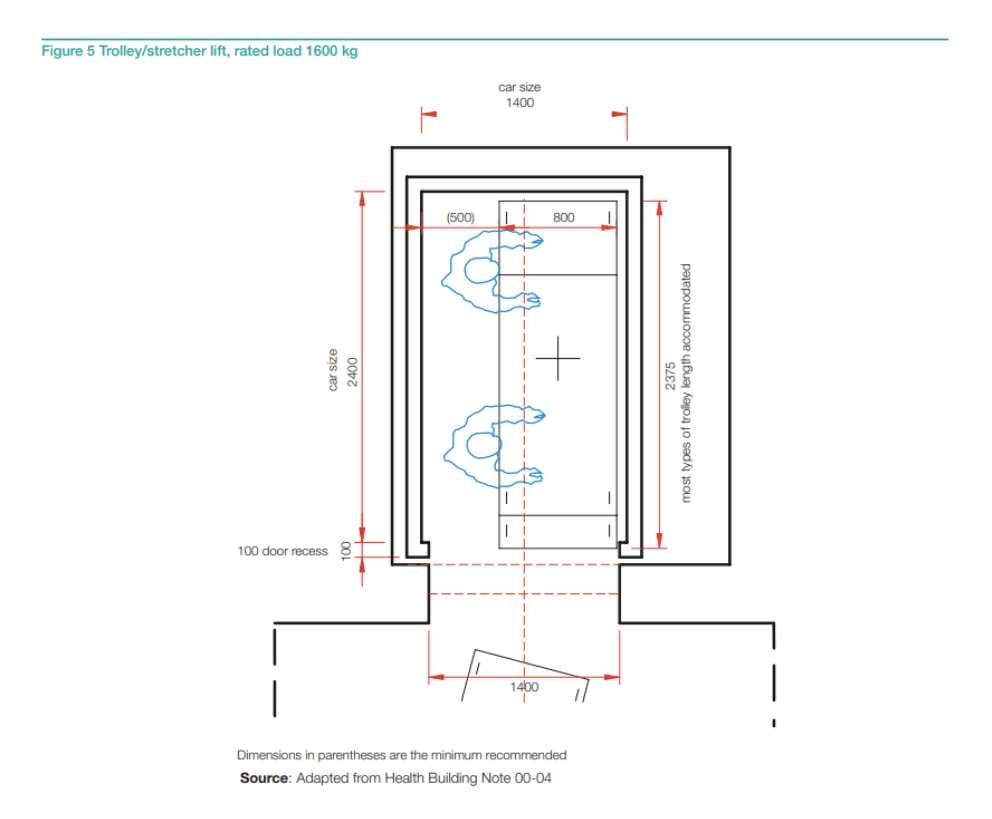
Figure 4: Trolley/stretcher lift with 1600kg capacity
Notes: Trolley/stretcher lifts must comply with EN 81-70: Accessibility to lifts for persons including persons with disability, unless there are special clinical requirements that make compliance unfeasible (for example, in the aforementioned case of handrails, to ensure adequate usable area, handrails may need to be built into the cabin wall, or the wall may need to be recessed). To reduce risks to patients, especially those being transported on trolleys, handrails in elevators should only be installed on one side. This helps avoid the inconvenience or even danger of patients getting caught under the handrails or colliding with them.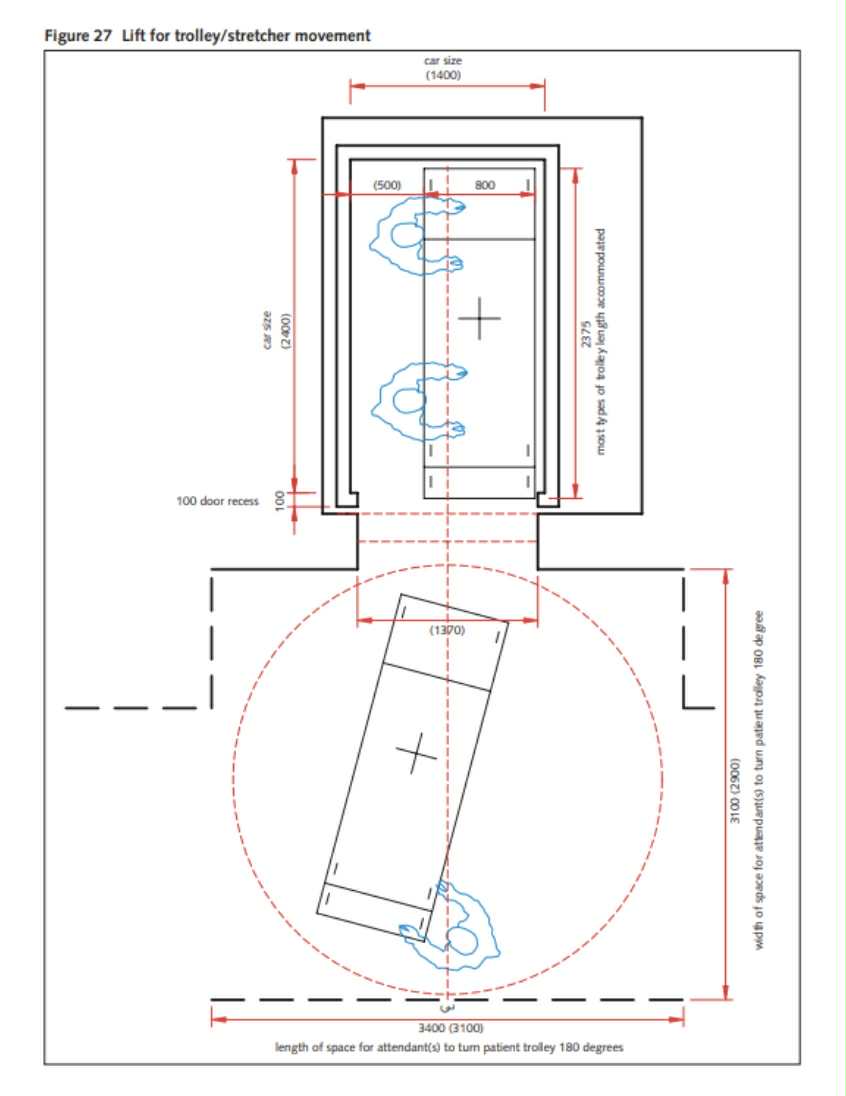
Minimum elevator lobby size for trolley/stretcher lifts
3. Bed lifts
Bed lifts are specifically designed to transport patients on standard hospital beds or ICU beds, along with medical personnel and equipment, which requires a significantly larger car size. These elevators require a capacity of 2500kg and a clear car size of 1800mm wide x 2700mm deep, and a clear opening width of 1400mm (Figure 5). For traffic separation, operation and infection control reasons, it is not recommended to use bed lifts for the hospital’s general passenger traffic. When bed lifts are used for general passenger traffic, handrails will be required in the cabin. To reduce risks to patients, handrails should only be installed on one side of the elevator cabin.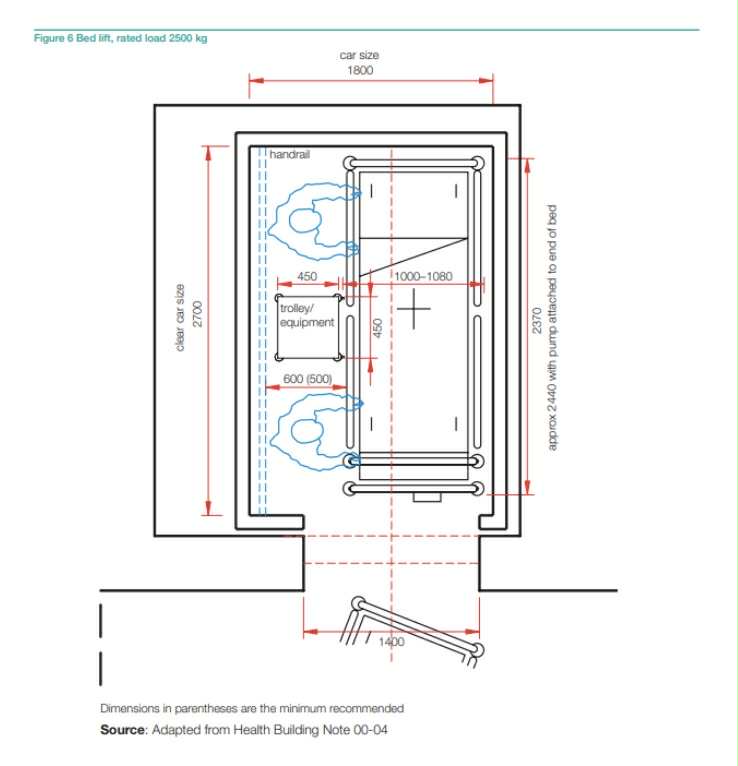
Figure 5: Bed lift with 2500kg capacity
Notes: Bed lifts must comply with EN 81-70: Accessibility to lifts for persons including persons with disability, unless there are special clinical requirements that make compliance unfeasible.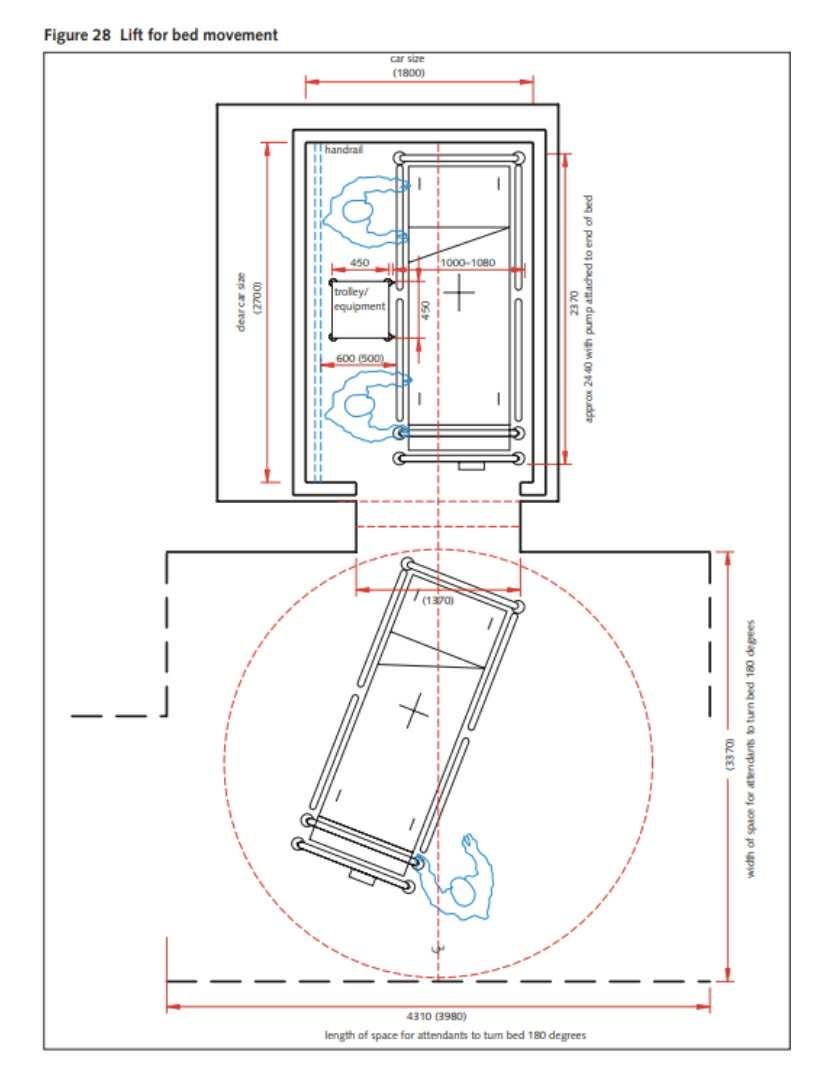
Minimum elevator lobby size for bed lifts
4. Freight/dirty items elevators (with people)
These elevators are designed to transport general goods and dirty items (for example: furniture, construction equipment and materials, equipment maintenance materials, waste…). During the design process, consideration should be given to installing a freight elevator that can also transport people, rather than just goods. The recommended capacity for freight elevators is 2500kg, with a clear car size of 1800mm wide x 2700mm deep, and a clear opening width of 1800mm (please note that the door width is the same as the cabin’s, meaning there is no recessed cabin walls). In smaller healthcare facilities (such as clinics, healthcare centers…), capacity can be reduced to 1600kg, with a car size of 1400mm wide x 2400mm deep, with a clear opening width of 1400mm. In hospitals and healthcare buildings with a large, frequently transported equipment network, a freight elevator with a capacity of up to 5000kg, with a car size of 2500mm wide x 3500mm deep, and a clear opening width of 2500mm can be considered. Notes: Freight/dirty items elevator must comply with EN 81-70: Accessibility to lifts for persons including persons with disability, unless there are special clinical requirements that make compliance unfeasible. 5. Dumbwaiters (without people) This type of lift is not designed for passengers, dumbwaiters specialized in transporting small, lightweight objects and goods between floors. The installation of this elevator type will be based on each hospital’s actual demands. This type of lift is installed in restricted areas and/or can only be used by authorized personnel. In the case where this type of lift is installed, a minimum capacity of 300kg and a speed of no higher than 1m/s can be used.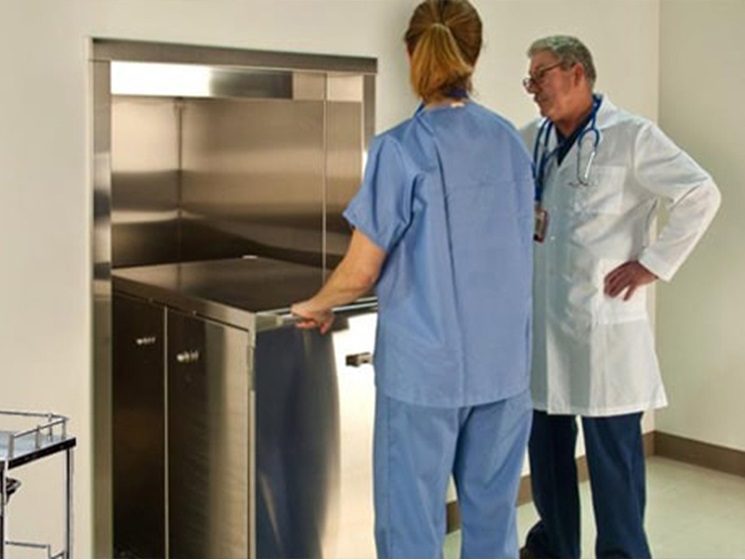
Dumbwaiters in hospitals are used for many different purposes, such as distributing drugs, contaminants… without the need for an accompanying person
6. Internal elevators – specializing in transporting clean items (with people) These elevators are designed to transport clean items such as medical supplies, sterilized equipment, food, stationeries… The recommended capacity is 1600kg, with a clear car size of 1400mm wide x 2400mm deep and a clear opening width of 1400mm. These elevators can accommodate two full trolleys containing 30 catering trays and accompanying staff. General notes: For buildings with high usage frequency, or with risk of damage due to collision… EN 81-71 requirements for Type 1 elevators needs to be considered to protect elevators from moderate, intentional acts of vandalism. For places with very high usage frequency, or with high risk of damage due to collision… EN 81-71 requirements for Type 2 elevators needs to be considered to protect elevators from vandalism. This article did not mention emergency elevators such as firefighters’ lifts, evacuation lifts. More details for this group will be provided in: Size and capacity requirements for hospital firefighters lifts and evacuation lifts.

